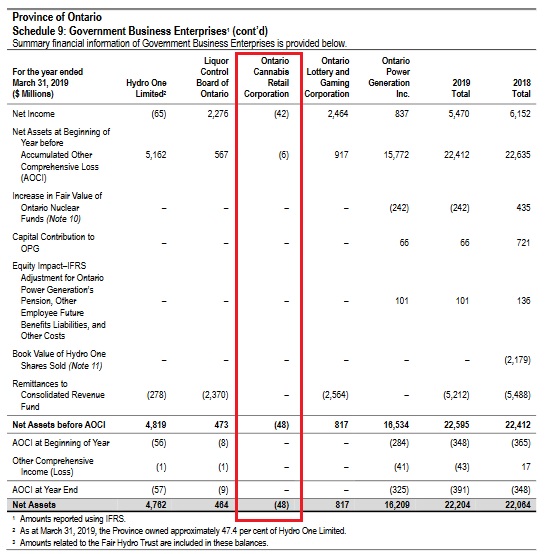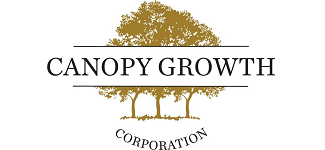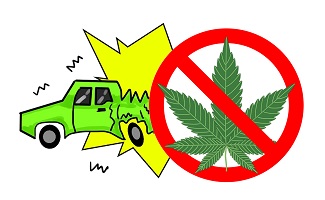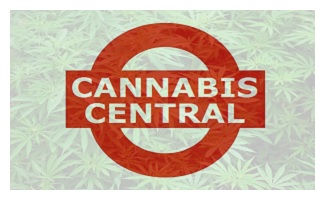eResearch | On September 13, 2019, Ontario released its 2018-19 Provincial Public Accounts for the fiscal year ending March 31 and reported a C$42 million net loss on C$64 million of revenue for the Ontario Cannabis Retail Corporation (“OCRC”), though it did not include wholesale revenue to private retail stores. The loss was 68% higher than what was forecasted by the Ontario government when it released its fiscal budget in April 2019.
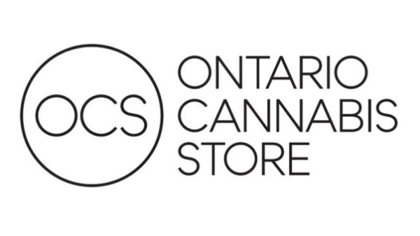 Recreational cannabis was legalized within Canada in October 2018 and, in Ontario, is managed by the OCRC, a provincial crown corporation who operates cannabis distribution and sales by sourcing products from licensed producers, managing wholesale supply to private retail stores, and selling directly to customers through its Ontario Cannabis Store (“OCS”) retail website.
Recreational cannabis was legalized within Canada in October 2018 and, in Ontario, is managed by the OCRC, a provincial crown corporation who operates cannabis distribution and sales by sourcing products from licensed producers, managing wholesale supply to private retail stores, and selling directly to customers through its Ontario Cannabis Store (“OCS”) retail website.
Since legalization, Ontario has been constantly criticized by the public about how it has rolled out recreational cannabis, and just last week, Patrick Ford, who served as CEO of the OCS for only one year, announced his retirement.
Several issues caused speed bumps for legal cannabis sales in Ontario including: (1) a last minute change in federal policy from a public to private sales model, which resulted in limited retail locations open in time for legalization, (2) a pricing model not competitive enough to drive out the black market as legal cannabis costs on average 57% more, and (3) a lack of supply from licensed producers due to inefficiencies in the supply chain network.
Ontario has constantly struggled to develop a successful cannabis retail landscape as only 25 companies were approved for retail stores in January 2019. Last month, 42 more companies were approved but 12 of them ended up being disqualified due to applicants not submitting proper documents on time.
In contrast to Canada, numerous states in the U.S. are less stringent for cannabis retail licenses, such as Colorado, the first state to legalize recreational cannabis, which has now grown to over 500 cannabis stores with US$1.5 billion in retail cannabis sales. Colorado only has a population of 5.7 million compared with Ontario’s population of 14.3 million, but even so, the state brought in over US$250 million in tax revenue compared with the Canadian Province’s C$19 million in fiscal 2018.
Though cannabis in the U.S. is still federally illegal, over 75% of its states now have some sort of legal cannabis. Canada may have had the first mover advantage over the U.S. in legalizing cannabis on a federal level, but the U.S. is quickly catching up.
